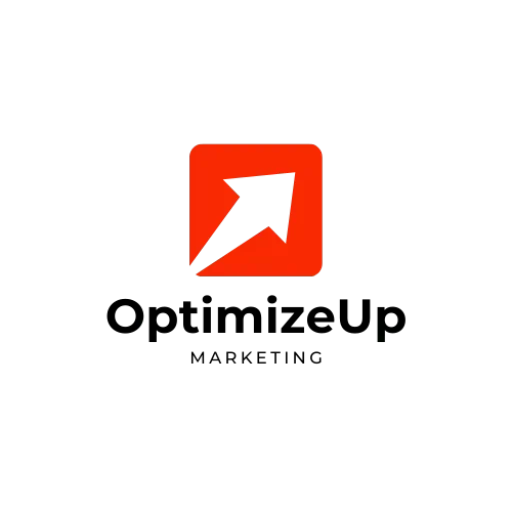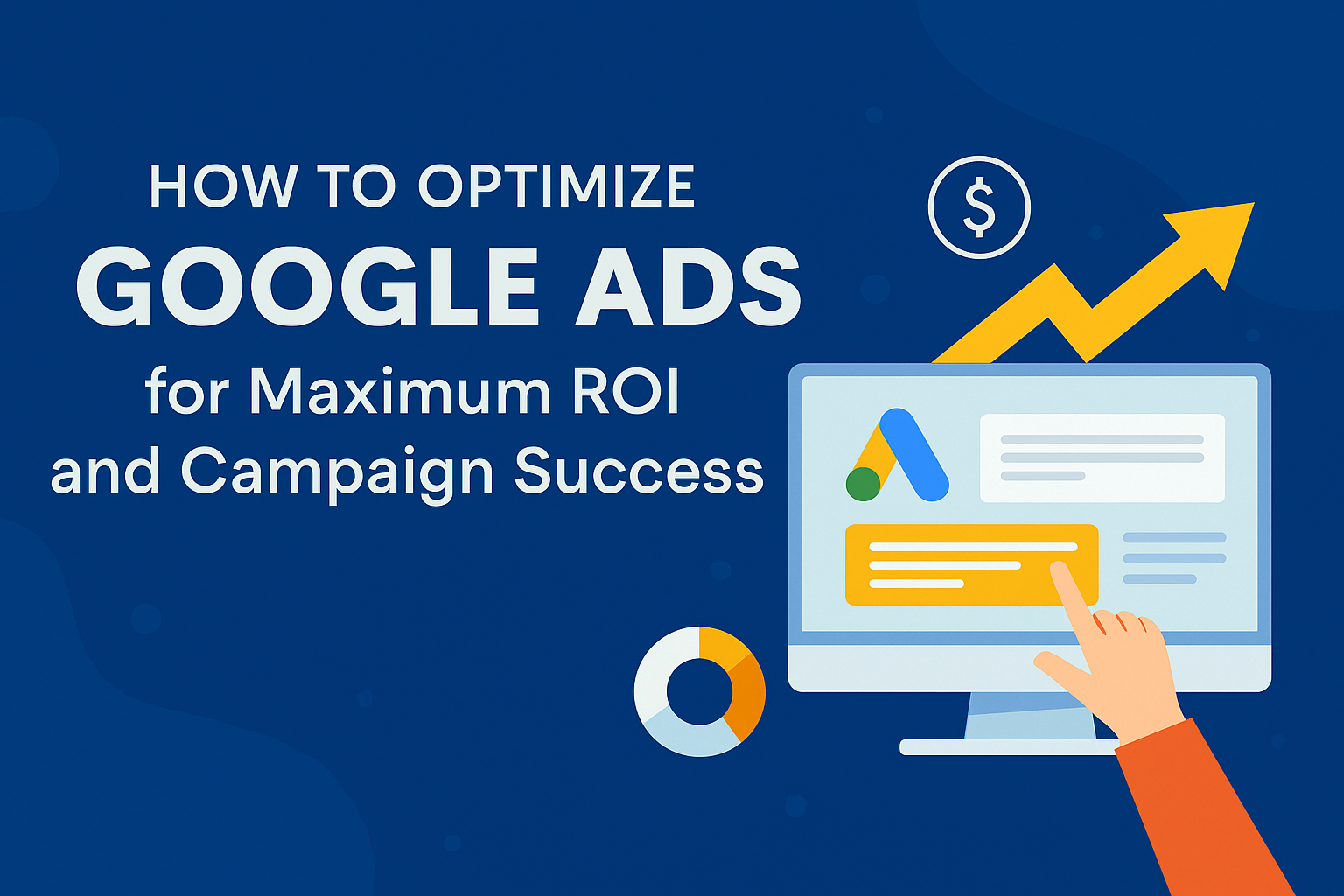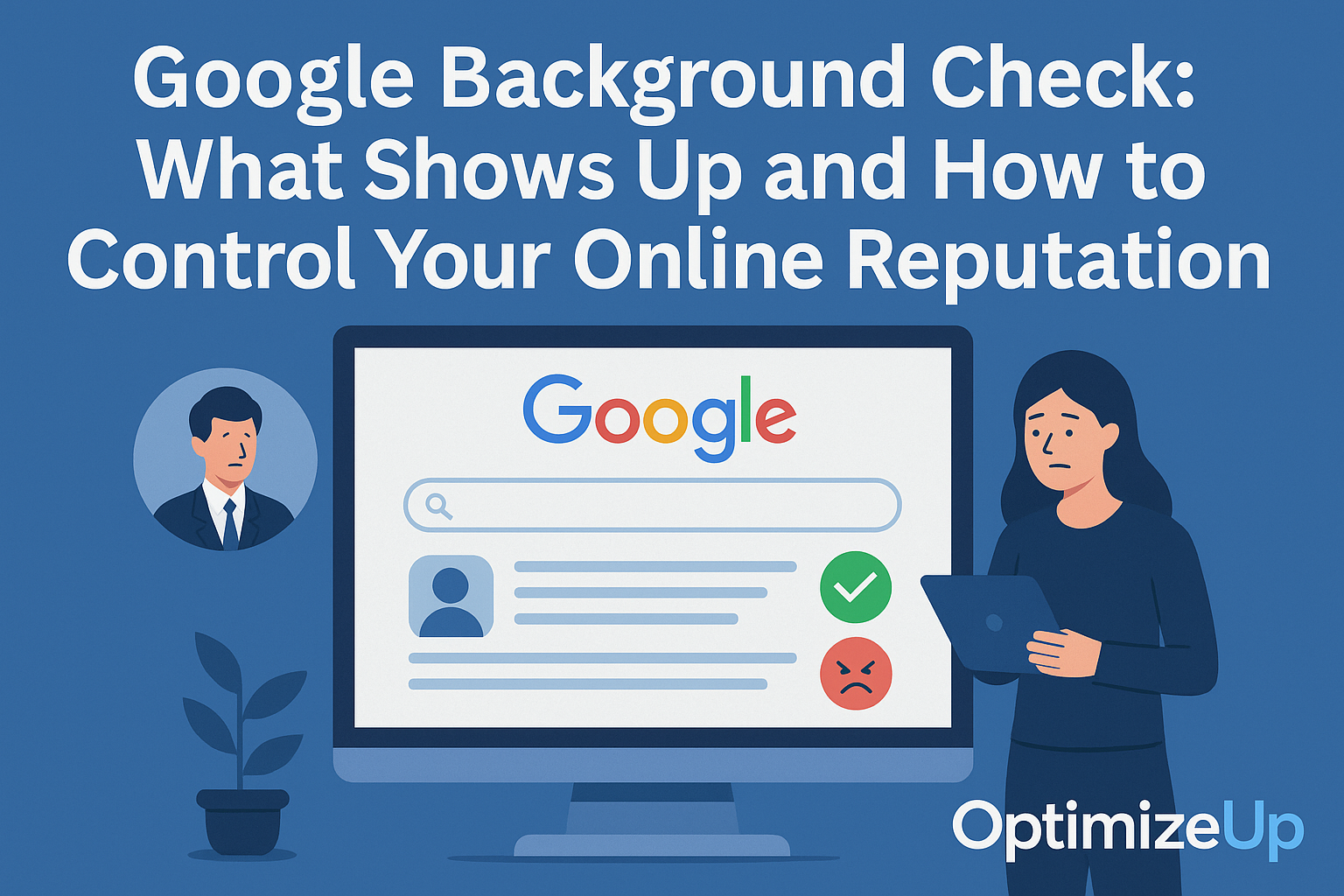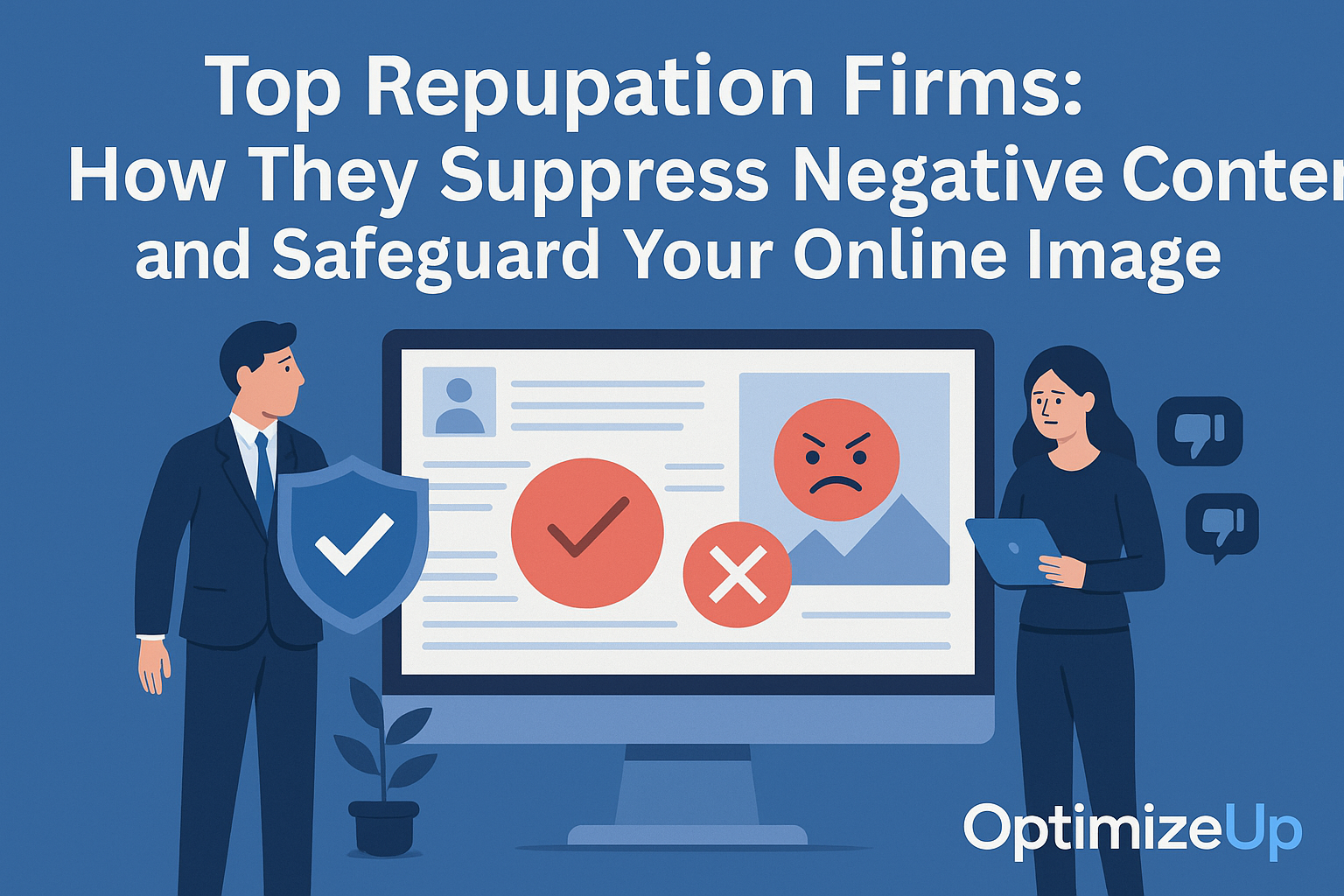Why Optimizing Google Ads Matters
Advertising on Google is a competitive arena. Without precise optimization, campaigns burn through budgets with minimal returns. Effective optimization allows you to:
- Increase click-through rate (CTR)
- Improve ad quality score
- Lower cost-per-click (CPC)
- Boost conversions
- Maximize return on ad spend (ROAS)
Whether you’re new to PPC or managing million-dollar accounts, understanding how to optimize Google Ads is crucial for sustainable campaign success.
Google Ads Optimization Foundations
Define Clear Campaign Goals
Begin by setting specific, measurable goals aligned with your business objectives:
- Generate leads
- Increase online sales
- Drive local store visits
- Promote app installs
Clarity in goals not only sets direction but influences every decision downstream. It determines campaign structure, bidding strategy, the type of keywords to target, and the overall success metrics.
Segment Campaigns Strategically
Segmenting campaigns improves targeting accuracy and ad relevance. Use the following segmentation approaches:
- By product or service category
- By customer persona or buying stage
- By geographic location
- By keyword intent (e.g., informational, transactional)
This strategy ensures budget allocation is focused and messaging aligns perfectly with each audience type.
Conduct Comprehensive Keyword Research
Keyword research is the cornerstone of any successful Google Ads campaign. Use tools like Google Keyword Planner, SEMRush, or Ahrefs to identify:
- High-volume, low-competition keywords
- Long-tail keywords with transactional intent
- Seasonal and trending terms
- Competitor keywords for gap analysis
Advanced Tactics:
- Analyze search term reports to refine keywords
- Use dynamic keyword insertion (DKI) for relevancy
- Build out SKAGs (single keyword ad groups) for high-performing terms
Optimize for Mobile-First Experience
More than half of Google search traffic comes from mobile. Optimizing ads and landing pages for mobile isn’t optional — it’s essential:
- Use AMP (Accelerated Mobile Pages)
- Avoid pop-ups and intrusive interstitials
- Keep forms short and CTAs prominent
Structuring High-Performance Google Ads Campaigns
Crafting the Perfect Ad Groups
Tightly themed ad groups result in higher relevance, better Quality Scores, and lower CPCs. Each ad group should:
- Contain 5-10 tightly related keywords
- Serve ads that reflect the searcher’s intent
- Drive to a matching, relevant landing page
Ad group consistency ensures a seamless user experience and stronger ad performance.
Writing High-Impact Ad Copy
Ad copy should resonate with your audience’s pain points and goals. Apply these principles:
- Use dynamic headlines to match search queries
- Highlight unique selling propositions (USPs)
- Include numbers or statistics for credibility
- Add emotional and benefit-driven language
Examples:
- “Try Risk-Free for 30 Days”
- “Rated #1 by 5,000+ Customers”
- “Save Time & Money – Order Today!”
A/B test headlines, descriptions, and display URLs regularly to boost CTR.
Leverage Ad Extensions
Ad extensions increase real estate on search engine results pages (SERPs) and enhance visibility. Options include:
- Price extensions for e-commerce
- Lead form extensions for service-based offers
- App extensions for mobile downloads
These enhance ad value without increasing cost.
Match Types and Bidding Strategies
Understanding and leveraging match types is key:
- Broad Match: Maximizes reach but lacks precision
- Phrase Match: Medium control and reach
- Exact Match: High precision and control
Layer match types to find balance between volume and quality. Pair with appropriate bidding strategies:
- Enhanced CPC: Semi-automated bidding
- Target CPA: Automates based on conversion goals
- Maximize Conversion Value: Ideal for high-volume ecommerce campaigns
Optimize Google Ads for Conversions
Conversion Tracking Setup
Implementing conversion tracking allows accurate measurement of ROI and campaign effectiveness. Use:
- Google Tag Manager to manage scripts
- Google Analytics 4 for cross-device attribution
- Call tracking tools (e.g., CallRail) for offline leads
Measure micro and macro conversions like:
- Page scrolls and button clicks
- Newsletter sign-ups
- Product purchases
- Booking requests
Landing Page Optimization
An optimized landing page should match the ad in:
- Headline and keyword alignment
- Offer clarity
- Call-to-action placement
Other enhancements:
- Include video testimonials
- Leverage heatmaps to understand user behavior
- Use trust signals like badges, reviews, and security logos
Improve Quality Score
Google’s Quality Score factors in:
- Ad relevance
- Landing page experience
- Expected CTR
To boost your score:
- Use tightly themed keywords and ad copy
- Optimize site speed and mobile responsiveness
- Structure your content clearly with H1/H2 tags
Advanced Tactics for Scaling and ROI Maximization
Remarketing & Retargeting
Remarketing allows you to re-engage potential customers. Use:
- Video remarketing on YouTube
- Customer Match via email list uploads
- Dynamic retargeting for cart abandoners
Implement frequency caps to avoid ad fatigue.
Audience Targeting & Layering
Advanced audience segmentation includes:
- Combining demographics + in-market behavior
- Using life events targeting (e.g., new parents)
- Creating lookalike audiences with similar traits to converters
This deep targeting ensures each ad dollar is spent wisely.
Ad Schedule Optimization
Access the “Ad Schedule” tab in Google Ads to evaluate performance by:
- Hour of the day
- Day of the week
Create rules to:
- Raise bids during profitable hours
- Lower or pause during off-peak times
Geographic Bid Adjustments
Drill into geographic reports to:
- Exclude areas with low ROI
- Increase bids in top-performing ZIP codes
- Use store visit data to gauge offline impact
Local intent drives conversion — capitalize on it.
Device Performance Tuning
Use the “Devices” tab in Google Ads to:
- Review CTR, CPC, and conversion data
- Create mobile-preferred ads
- Split-test device-specific landing pages
Tools to Help Optimize Google Ads
- SpyFu: Competitor keyword insights
- Adalysis: Ad copy testing automation
- Karooya: Negative keyword management
- WordStream PPC Advisor: Campaign performance insights
- Zapier: Integration of CRM and lead flow automation
How Optimize Up Can Help
At Optimize Up, we tailor every aspect of your PPC strategy to your business goals. Our services include:
- Keyword discovery and intent mapping
- Conversion rate optimization (CRO) consulting
- Custom dashboard development
- Retargeting funnel design
Our proven systems reduce waste and scale results. Reach out today to schedule your free account audit.
FAQ: Google Ads Optimization
Target transactional keywords, continuously test creatives, refine audience segments, and optimize landing pages.
Monitor performance via ROAS, conversion tracking, CTR, and bounce rate. Use Google Analytics for deep insights.
Anything above 7 is excellent. Strive for 9–10 by improving relevance, ad copy, and landing page experience.
They’re useful for small budgets, but Expert Mode offers more control and better ROI potential.
Weekly audits are ideal. Make small adjustments, test new variations, and use scripts to automate basic functions.
It depends on your industry. Most start between $1,000–$5,000 monthly. Begin small, test thoroughly, and scale what works.
Initial data collection takes 2–4 weeks. Optimization cycles often yield tangible improvements within 30–60 days.
MLA Citations:
Google. “Keyword Planner.” Google Ads, https://ads.google.com/home/tools/keyword-planner/.
SEMrush. “SEO Toolkit.” SEMrush, https://www.semrush.com/tools/.
Ahrefs. “Keywords Explorer.” Ahrefs, https://ahrefs.com/keywords-explorer.
Unbounce. “Landing Page Builder.” Unbounce, https://unbounce.com/.
Instapage. “Post-Click Optimization Platform.” Instapage, https://instapage.com/.
CallRail. “Call Tracking Software.” CallRail, https://www.callrail.com/.
Google. “Tag Manager Help.” Google Tag Manager, https://support.google.com/tagmanager/.





